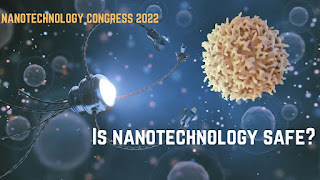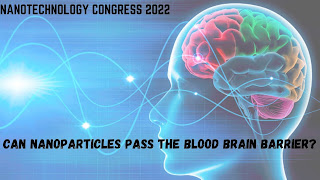Is nanotechnology safe?
Nanoparticles square measure seemingly to be
dangerous for 3 main reasons: Nanoparticles could injury the lungs. we all know
that 'ultra fine' particles from diesel machines, power plants and incinerators
will cause hefty injury to human lungs. Out of 3 human studies, only 1 showed a
passage of indrawn nanoparticles into the blood. Materials that by themselves
aren't terribly harmful may well be toxic if they're indrawn within the sort of
nanoparticles. the results of indrawn nanoparticles within the body could
embody respiratory organ inflammation and heart issues. whereas there's no
conclusive proof that nanomaterials square measure either unsafe or not, health
advocates worry that we're already golf stroke them on our bodies and ingesting
them as if they'd been completely tested and proved safe similar to the other
chemical substance, some nanomaterials square measure venturous et al. not.
The nanoscale of the particles doesn't in itself
imply a hazard. Instead the potential effects square measure supported the
adverse effects a nanomaterial could cause and therefore the quantity haunted
by Associate in Nursing organism (humans or Associate in Nursing animal). The
researchers targeted on 5 forms of built nanoparticles — silver, zinc oxide,
iron oxide, metallic element chemical compound, and silica (also called
amorphous silica) — that square measure used industrially. a number of these
nanomaterials will manufacture free radicals referred to as reactive O species,
which may alter polymer. applied science has direct helpful applications for
drugs and therefore the surroundings, however like all technologies it's going
to have unwitting effects that may adversely impact the surroundings, each
among the form and among the natural scheme. ancient strategies to get rid of
nanoparticles from plasma samples usually involve diluting the plasma, adding a
high concentration sugar answer to the plasma and spinning it in an exceedingly
centrifuge, or attaching a targeting agent to the surface of the nanoparticles.
Hazards and risks of nanoparticles embody enlarged
production of ROS, DNA damage, genotoxic effects, damages to organs and tissues
in humans, effects on growth and yield of crop plants and negative impacts on
helpful bacterium within the surroundings. applied science helps to
significantly improve, even revolutionize, several technology and business
sectors: data technology, Homeland Security, medicine, transportation, energy,
food safety, and bionomics, among several others.



Comments
Post a Comment